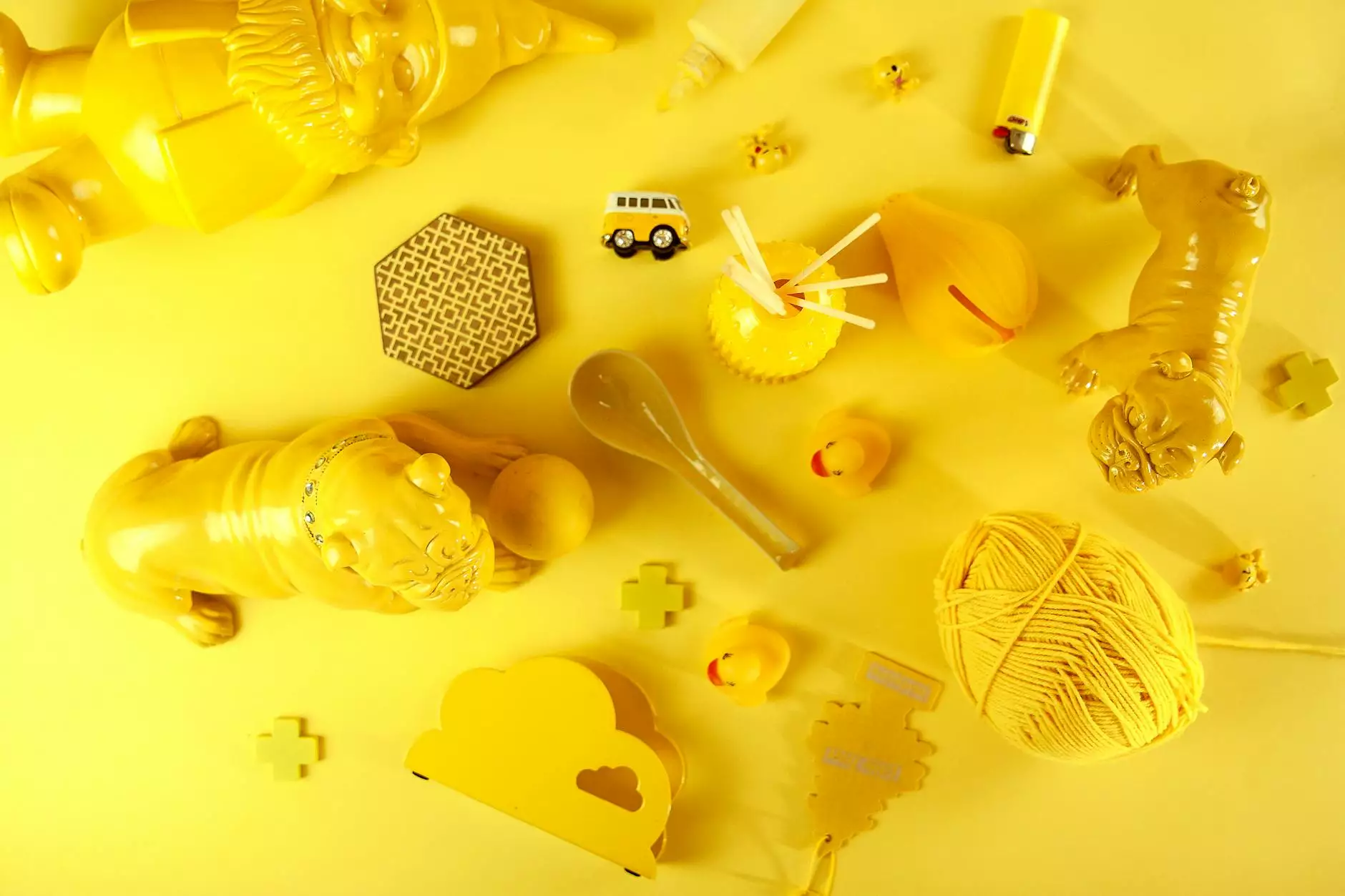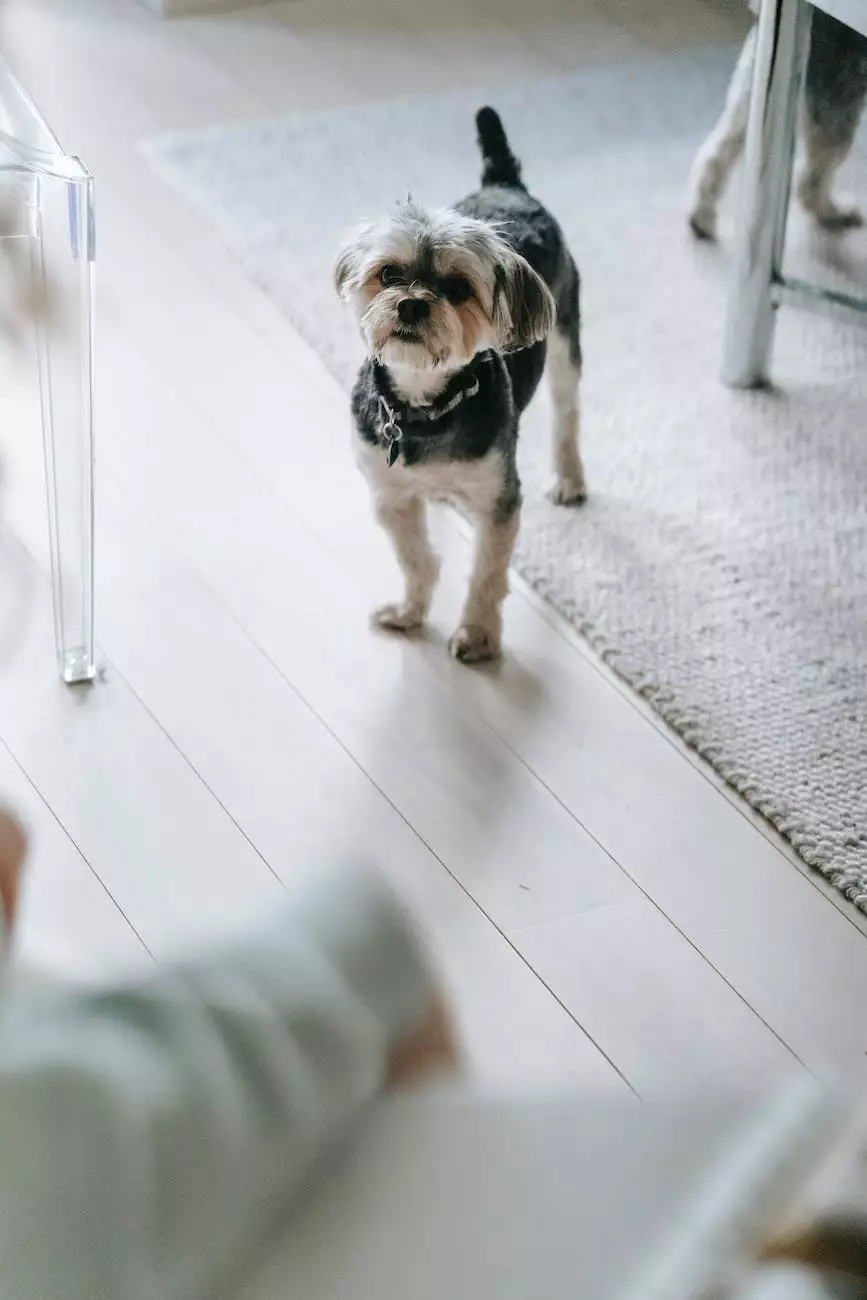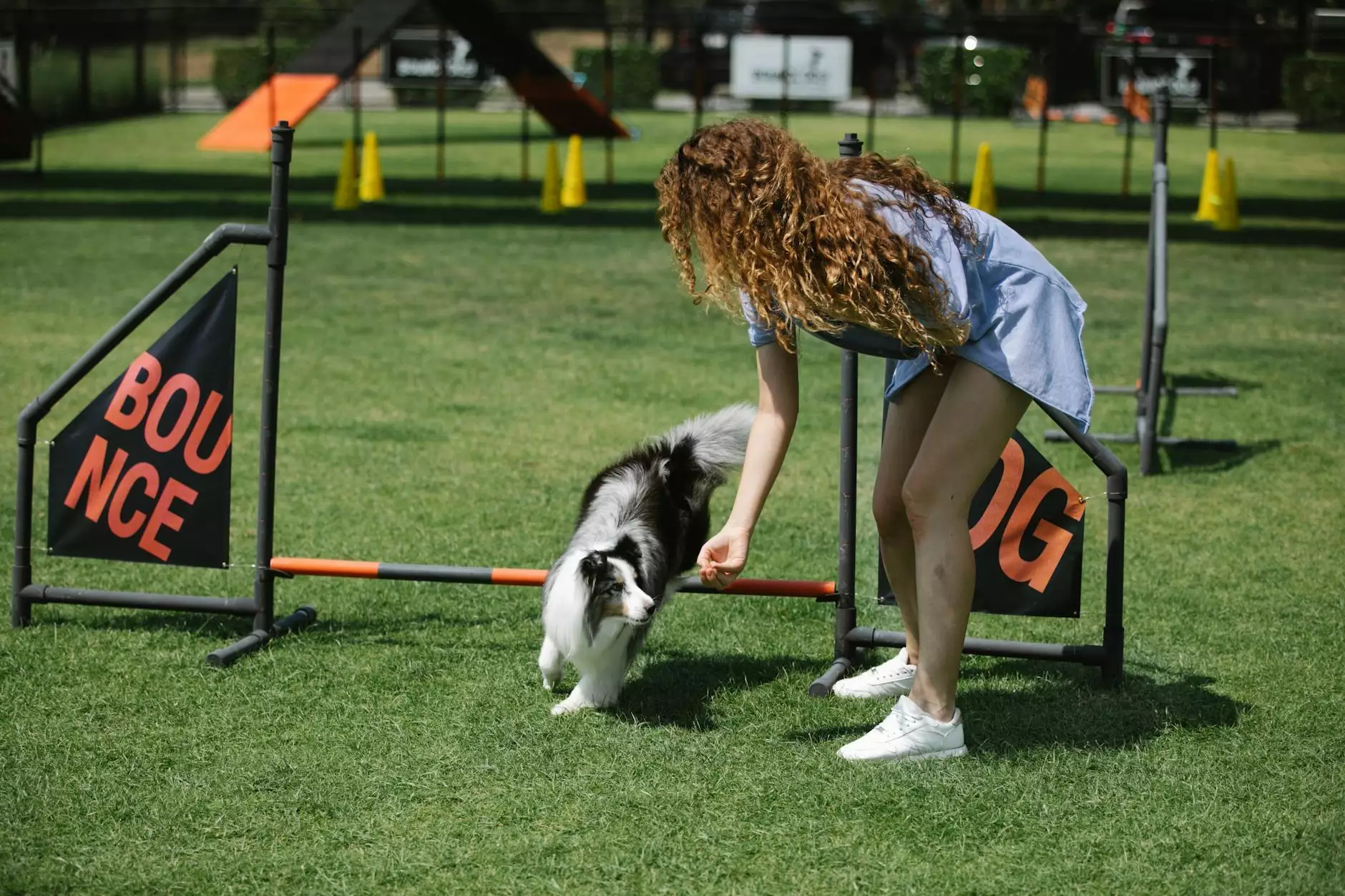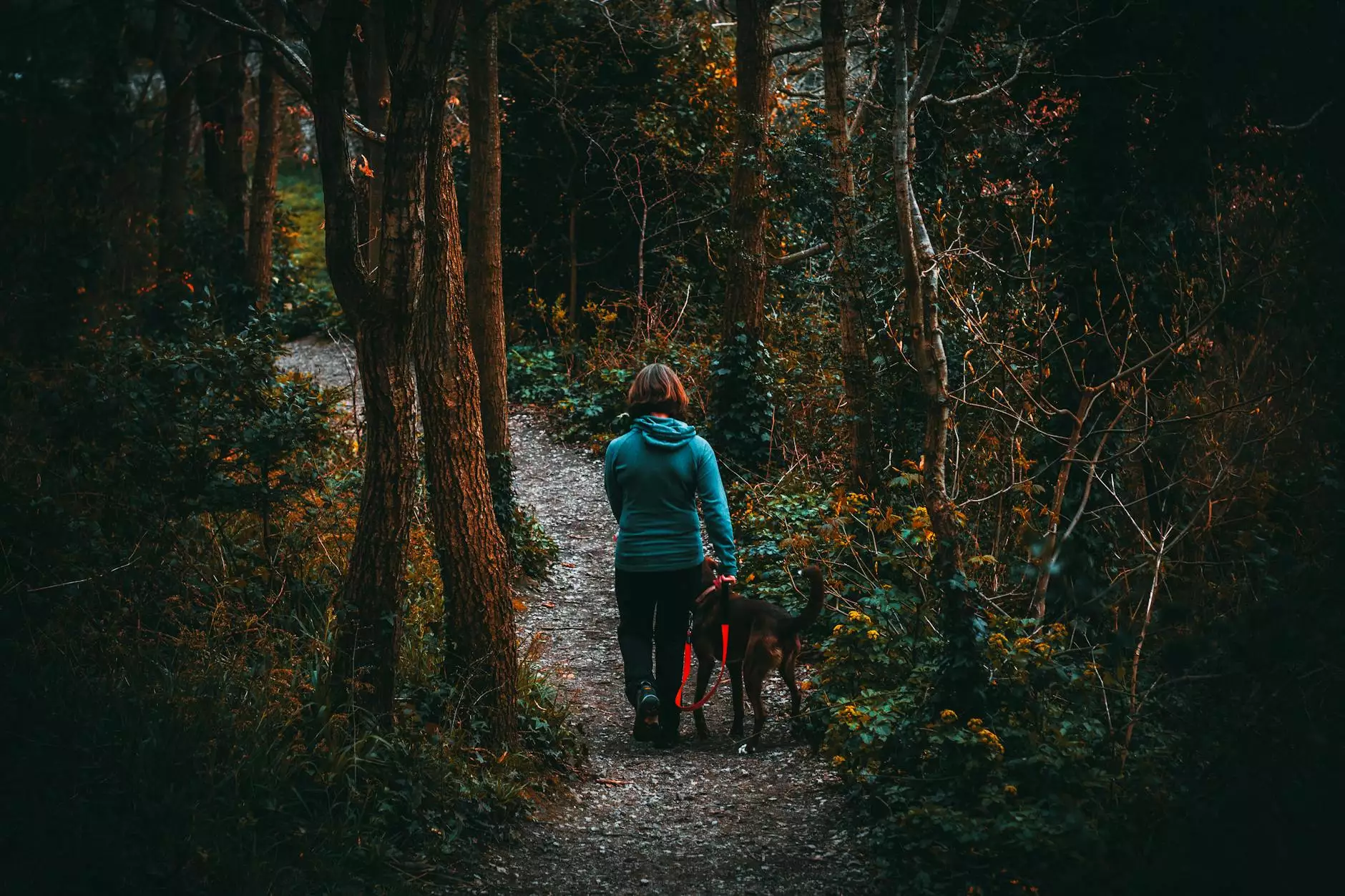Chew on this - The Comprehensive Guide to Dog Chew Training
Blog
Introduction
Welcome to Guiding Light Dog Training Services' comprehensive guide on dog chew training. Dogs, being naturally curious creatures, often resort to chewing as a way to explore the world around them. However, this behavior can sometimes lead to destructive consequences, causing damage to your belongings and potentially endangering your pet's health. In this guide, we will provide you with essential tips and techniques to effectively manage and prevent destructive chewing habits in dogs.
The Importance of Dog Chew Training
Chewing is a natural instinct for dogs, primarily driven by teething, curiosity, boredom, stress, or separation anxiety. By implementing proper chew training techniques, you can redirect this behavior towards appropriate outlets, ensuring the safety and well-being of your furry friend.
Understanding the Root Causes of Destructive Chewing
It is essential to determine the underlying causes of destructive chewing to address them effectively. Common causes include:
- Teething: Puppies, in particular, experience teething discomfort and will naturally chew to relieve discomfort.
- Curiosity: Dogs are naturally curious animals, and chewing allows them to explore their environment.
- Boredom: Dogs that lack mental and physical stimulation often resort to chewing as a way to alleviate boredom.
- Stress and Anxiety: Dogs may chew as a coping mechanism for stress or anxiety.
Tips for Effective Dog Chew Training
1. Provide Appropriate Chew Toys
Supplying your dog with a variety of appropriate chew toys is essential. Opt for durable toys made of safe materials such as rubber or nylon. Chew toys should be adequately sized for your dog to avoid the risk of choking or ingestion. Regularly assess and replace worn-out toys to maintain their effectiveness.
2. Supervise and Redirect
Supervising your dog during chewing sessions allows you to redirect their attention to appropriate chew toys when they veer off course. Use positive reinforcement techniques, such as praise and rewards, to encourage your dog's interest in chew toys. Consistency is key to reinforce good chewing habits.
3. Create a Safe Environment
Evaluate your dog's environment and remove any potential hazards or items that may tempt them to chew inappropriately. Store shoes, cables, and other valuable objects out of reach. Additionally, consider using pet gates or crates to limit access to certain areas until proper chew training is established.
4. Mental and Physical Stimulation
Addressing boredom by providing mental and physical stimulation is crucial in preventing destructive chewing. Regular walks, engaging play sessions, and interactive puzzle toys can help burn off excess energy. Mental stimulation can be achieved through obedience training, scent games, or treat-dispensing toys.
5. Address Underlying Behavioral Issues
If chewing persists despite following preventive measures, it is recommended to consult a professional dog trainer or behaviorist. They can identify and address any underlying anxiety or behavioral issues your dog may be experiencing, providing tailored solutions to manage their chewing habits effectively.
Conclusion
By implementing the tips and techniques outlined in this comprehensive guide, you will be well on your way to effectively managing and preventing destructive chewing habits in your beloved canine companion. Remember, patience, consistency, and positive reinforcement are vital components in achieving long-term success. For more expert guidance and personalized training solutions, reach out to Guiding Light Dog Training Services, your trusted partner in pet behavior and training.









